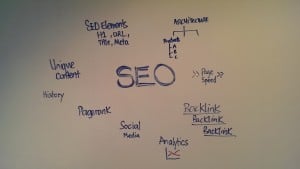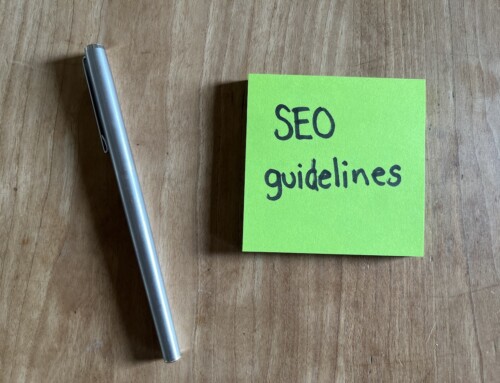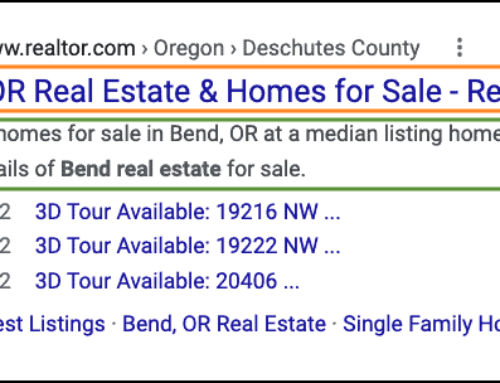When I first started working in the internet, I quickly became aware of all the many complexities and intracacies of SEO. I understood only the basics back then, but it was often perceived and described as a tactic or competitive advantage. I’ve since focused much of my energy and efforts on understanding how to maximize organic traffic for my properties and those of my clients.
SEO (simply) Defined
SEO stands for Search Engine Optimization. The easiest way to think about this is the way in which websites generate visits from a search result in Google, Bing, or some other search engine. A websites SEO determines where it appears in the search results relative to the other websites.
SEO Explained
SEO is not easily defined. It’s a complex system (algorithm) that search engines have designed to determine which site appears where. The search engines consider a very large number of variables, including:
- How long a website has existed
- How quickly a page renders (Page Speed)
- If the expected elements are in place (think of these as the rules of SEO)
- How many times other relevant websites have linked to this content (Backlinks)
- How long a user spends on the site (Time on Site)
- After the user visits the website, did they continue to search for an answer
- If the website has uniquely written content (Unique Content)
- If the website has contextually relevant content (e.g. automotive content on a cooking site would not be relevant)
- How many social reviews and links exist (Google+, Facebook, Twitter, etc)
SEO Summary
To be successful with your website, build a site that is well architected for speed and ease of use, contains the necessary SEO elements (H1, Page Title, URL, Meta Description, readable text, contextually relevant and complimentary data), and then make sure you are contributing relevant and unique information that’s of benefit to the user.




